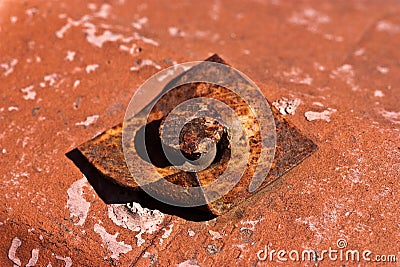Since it’s my best friend’s birthday this week, we’re going to talk about how fish gills work. (Her name is Ashley Gill. So it’s only fitting.)
The need to breathe is common to almost all organisms on earth. Breathing, in the broadest sense, is taking in an environmental element, extracting part of it for metabolic use (i.e. oxygen), and expelling the leftovers.
Critters live in all sorts of environments, so naturally there are varying methods of breathing. Air breathing animals, as a rule of thumb, use lungs. Animals that must take in water usually use gills. Sometimes animals do not have breathing structures at all and simply absorb what they need through their skin, via water or air. Well that sounds easier, doesn’t it? Why can’t we all just do that? Surface area, baby. That’s why.
Generally speaking, when an animal becomes big enough to exceed a specific volume: surface area ratio, they are no longer capable of meeting metabolic needs by absorbing oxygen through their skin alone. They simply need more tissue devoted to extracting oxygen from their environment to supply their bodies. Enter respiratory structures like gills and lungs.
 |
| Fish gills looking nice and feathery |
When you think of gills, the first thing that should come to mind is surface area. Gills are made up of projections, with tiny projections on those projections, with tinier projections on those tiny projections (these tiny projections are called lamellae). As such, the result is the feathery looking thing we call a gill. These tissues are laden with blood vessels, which allow for oxygen exchange between the water and bloodstream.
A fish breathes by drawing in water into its oral cavity, then into the gill chamber, and out of the gills. This means there is a constant one-way flow of water over the tissues of the gills. A one way flow of water, huh? We have a two-way flow through our respiratory system (we breathe in, then out). Fish must know something we don’t. Let’s talk counter current exchange.
Now for some real-deal biology. In the lamellae, the part of the blood vessel coming in with deoxygenated blood is afferent, then it makes a U-turn and becomes efferent, carrying away oxygenated blood to the body. Somewhere between being afferent and efferent, the blood vessel follows alongside the current of water… in the opposite direction. This is the magic of countercurrent exchange. Blood flows in the opposite direction of water.
This way, the blood always has a lower concentration of oxygen than the water it encounters. Water will always give its oxygen to blood via passive diffusion when the oxygen is distributed this way. In a concurrent system, where water and blood flow in the same direction, the oxygen will balance out equally between blood and water, making maximum oxygen saturation of the blood 50%. Countercurrent exchange beats this by a lot, having 85% oxygen saturation the maximum. I could try to further explain this in words, but a visual is what’s really needed.
Neat, huh?! Simple and efficient. This is just another example of how newly evolved things are not necessarily better than more primitive things, like gills.
This week, we have two bonus questions. If you’re the first get one right, I will do one of two things. 1.) Write a blog on the subject of your choice 2.) Include you in an amusing way in an upcoming post. I can’t promise I won’t photoshop your head on a monkey or something if you select this option.
So c’mon! Play along. Please. I’ll pay you. No, I can’t afford to pay you. I’ll love you instead.
1.What do you think is the foremost reason fish are unable to extract oxygen when out of the water?
2. Are lungs the evolutionary descendents of gills? Explain your thoughts.
I would say there are no right or wrong answers here, but that’s not true. But not to worry, it’s the process of thinking about it that makes winners on this blog!



